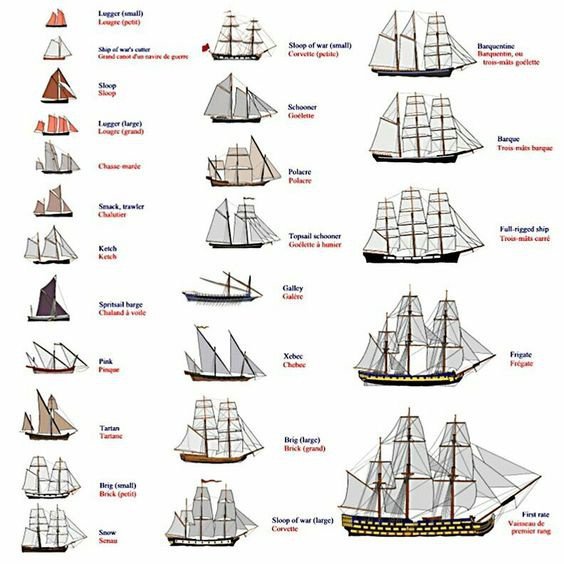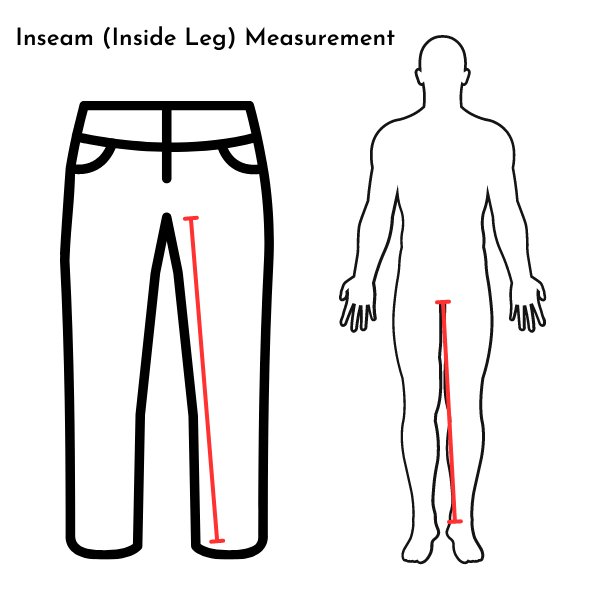Pirate ships ranged from small sloops to massive galleons, depending on the era and the captain’s preferences. The size of pirate ships played a crucial role in their success on the high seas. As the saying goes, “size matters,” and this was especially true for these swashbuckling vessels. So, just how big were pirate ships? Let’s set sail into the exciting world of pirate history to uncover the answer.
How Big Were Pirate Ships: A Detailed Exploration of Pirate Vessels
Welcome aboard, ye young scallywags, as we embark on a thrilling journey to uncover the mysteries of pirate ships and their grand sizes! Have you ever wondered just how massive these ships were during the golden age of piracy? Join me as we set sail through the vast seas of history to explore the awe-inspiring dimensions of these legendary vessels.
The Origins of Pirate Ships
Before we delve into the specifics of the size of pirate ships, let’s first take a look at how these magnificent vessels came to be. Pirates, also known as buccaneers or privateers, roamed the seas during the 17th and 18th centuries in search of treasure and adventure. They relied on sturdy ships to navigate the treacherous waters and outmaneuver their enemies.
During this era, pirate ships were typically repurposed merchant vessels or warships that were captured through daring raids. Pirates would seize these ships, modify them for speed and stealth, and transform them into formidable vessels that struck fear into the hearts of their victims.
The Anatomy of a Pirate Ship
Now, let’s turn our attention to the anatomy of a typical pirate ship. These vessels were ingeniously designed to meet the needs of the pirates and accommodate their crew and loot. A typical pirate ship consisted of several key components:
1. The Hull
The hull of a pirate ship was the main body of the vessel, serving as its foundation and providing buoyancy in the water. Pirate ships were usually built with sturdy wooden planks that could withstand the harsh conditions of the open sea.
2. The Deck
Above the hull, the deck of the pirate ship served as the main platform for the crew to operate the ship. It was where the cannons, sails, and rigging were located, allowing the pirates to navigate the ship and engage in combat with their foes.
3. The Masts and Rigging
Pirate ships were equipped with one or more masts that supported the sails and rigging. These masts were essential for harnessing the power of the wind and propelling the ship forward. The rigging consisted of ropes and pulleys that controlled the position of the sails and allowed the pirates to maneuver the ship with precision.
4. The Cannons
One of the most iconic features of a pirate ship was its cannons. These fearsome weapons were used by the pirates to intimidate their enemies and defend their ship against attacks. Pirate ships were often heavily armed with multiple cannons strategically placed along the deck.
The Size of Pirate Ships
Now, let’s address the main question at hand: How big were pirate ships? The size of pirate ships varied depending on the type of vessel and the era in which they sailed. During the golden age of piracy, which spanned from the late 17th to the early 18th century, pirate ships ranged in size from small sloops to massive galleons.
One of the most famous pirate ships of all time was Blackbeard’s flagship, the Queen Anne’s Revenge. This massive vessel was a former French slave ship that Blackbeard captured and refitted for piracy. The Queen Anne’s Revenge was estimated to be around 103 feet (31 meters) long and had a crew of over 100 pirates.
In general, pirate ships were larger than most merchant vessels of the time to accommodate the needs of the crew and carry vast amounts of loot. A typical pirate ship could range from 60 to 100 feet in length and have a displacement of several hundred tons.
The Evolution of Pirate Ships
As piracy evolved over the centuries, so too did the design and size of pirate ships. In the early days of piracy, ships were smaller and more maneuverable, allowing pirates to navigate shallow waters and evade capture by larger naval vessels.
However, as piracy became more organized and widespread, pirate ships grew in size and firepower to compete with the increasingly sophisticated navies of European powers. Pirates began to utilize larger vessels such as frigates and galleons, which were heavily armed and capable of carrying large crews and substantial amounts of treasure.
Conclusion: A Legacy of Grandeur
In conclusion, pirate ships were not only symbols of adventure and daring but also marvels of engineering and craftsmanship. From the sleek sloops to the majestic galleons, these vessels captured the imagination of generations with their sheer size and power.
So, the next time you hear tales of swashbuckling pirates and their mighty ships, remember the grandeur and majesty of these legendary vessels that once ruled the high seas. Fair winds and following seas, me hearties!
Ultimate Sail Ship Size Comparison (3D) – Reupload
Frequently Asked Questions
What was the typical size of pirate ships?
Pirate ships varied in size, but the most common were sloops and brigantines, which were relatively small compared to naval vessels. Sloops usually ranged from 75 to 150 tons, while brigantines could be between 100 to 200 tons. Larger pirate ships, like frigates, could reach up to 400 tons.
How did the size of pirate ships compare to merchant ships?
Pirate ships were generally smaller than merchant ships during the Golden Age of Piracy. While merchant ships could range from several hundred to over a thousand tons, pirate ships were often lighter and more maneuverable, making them suitable for piracy tactics like boarding and quick getaways.
Were there any exceptionally large pirate ships in history?
Yes, there were some exceptionally large pirate ships, such as the Queen Anne’s Revenge, which was infamous for being the flagship of the pirate Blackbeard. The Queen Anne’s Revenge, a former French slave ship, weighed around 200 tons and was heavily armed to intimidate merchant vessels.
Final Thoughts
Pirate ships varied in size, ranging from small sloops to massive galleons. The larger vessels could reach lengths of up to 150 feet, accommodating hundreds of crew members. These ships were equipped with multiple decks, cannons, and elaborate rigging systems. The question of ‘how big were pirate ships’ highlights the vast and intimidating presence these vessels held on the seas.



